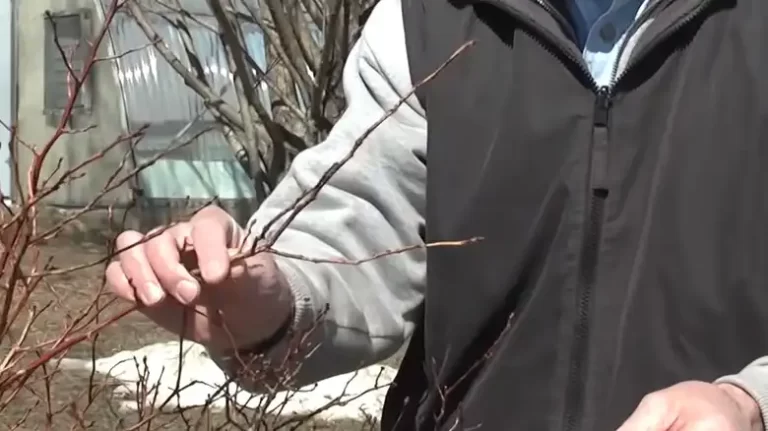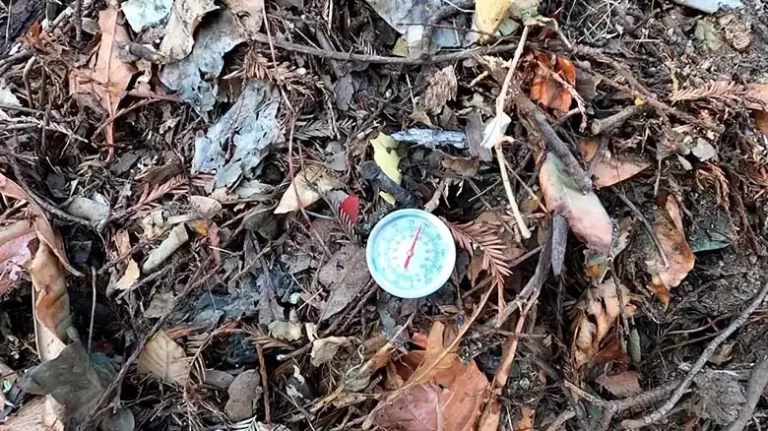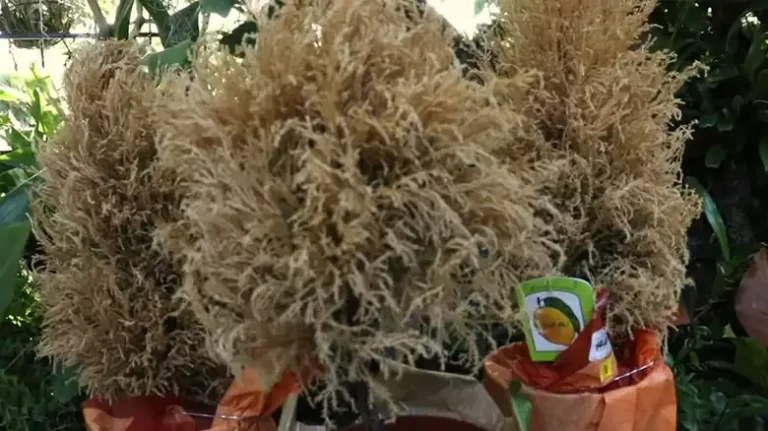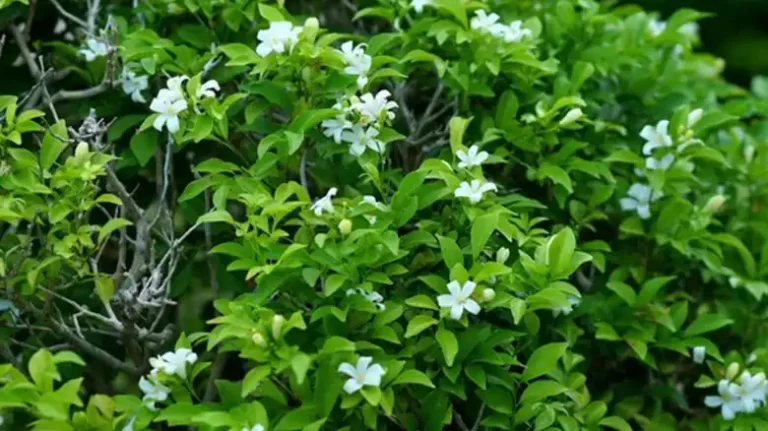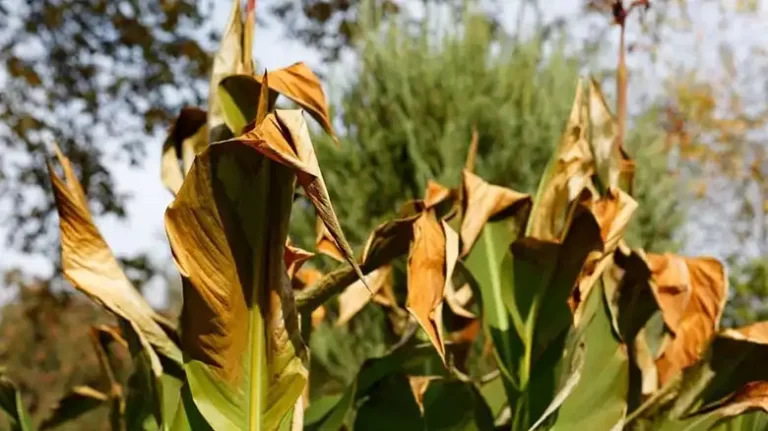How to Kill Spurweed
Spurweed, with its pesky thorny seed pods and invasive nature, can quickly turn a lush lawn into a prickly nightmare. To maintain the beauty of your landscape, it’s crucial to understand how to effectively combat spurweed and prevent its return.
In this comprehensive guide, we’ll delve into the various factors contributing to spurweed growth, explore the importance of control, and discuss both non-chemical and chemical methods for eradicating this unwelcome weed. So, let’s roll up our sleeves and get to the root of the problem.

Factors Contributing to Spurweed Growth
Spurweed, a persistent and often unwelcome guest in our lawns and gardens, can be a real headache for homeowners.
Understanding the factors that contribute to its growth is essential for effective control. In this section, we’ll break down the key elements that encourage spurweed to flourish and take root in your outdoor spaces.
1. Soil Conditions
Spurweed is known to thrive in specific soil conditions. It favors well-drained soils with low fertility, often found in sandy or loamy soils. These soil types create an environment where spurweed seeds can germinate and establish themselves.
2. Climate and Weather
Climate plays a significant role in spurweed’s growth patterns. It tends to thrive in regions with warm, sunny weather and mild winters. This means that if you live in an area with these climate characteristics, you might be more susceptible to spurweed infestations.
3. Lawn Maintenance Practices
The way you care for your lawn can either promote or deter spurweed growth. Poor lawn maintenance practices, such as irregular mowing, can create opportunities for spurweed to take hold. Neglected lawns, overgrown grass, and sparse coverage are all factors that can invite spurweed to establish itself.
4. Soil Compaction
Compacted soil can contribute to spurweed issues. When soil becomes compacted, it restricts the root development of desirable grasses and plants, making it easier for spurweed to establish itself.
5. High Traffic Areas
Areas of your lawn that experience heavy foot traffic are more susceptible to spurweed infestations. The constant pressure from human and pet traffic can weaken the grass, making it easier for spurweed to invade.
6. Overwatering
While it’s essential to keep your lawn adequately watered, overwatering can create conditions favorable to spurweed growth. Excess moisture in the soil can encourage weed proliferation.
7. Lack of Mulching
Mulching your garden beds can help suppress weed growth, including spurweed. Without proper mulching, weed seeds, including spurweed seeds, may find their way into your garden and take root.
The Importance of Spurweed Control
Spurweed may seem like a small nuisance in your lawn, but understanding the importance of controlling it is key to maintaining a healthy and thriving outdoor space.
1. Lawn Aesthetics
First impressions matter, and your lawn is often the first thing people notice about your property. Spurweed’s spiky leaves and unsightly seed pods can quickly turn a well-manicured lawn into a prickly eyesore.
By controlling spurweed, you can ensure that your outdoor space remains visually appealing and inviting.
2. Protecting Other Plants
Spurweed is not selective in its invasion. It can outcompete and smother desirable plants and grasses, leading to a decline in biodiversity within your landscape. By controlling spurweed, you preserve the health and vitality of the plants you want to keep.
3. Safety for Pets and Humans
Those tiny thorns on spurweed can be more than just a minor annoyance. They pose a risk to pets and humans who may accidentally step on or brush against the plant.
This can lead to painful injuries, skin irritations, or infections. By controlling spurweed, you create a safer environment for everyone who enjoys your outdoor space.
4. Preventing Future Infestations
Spurweed is known for its tenacity. Once established, it can be challenging to eradicate completely. By addressing spurweed infestations promptly and effectively, you reduce the risk of future, more extensive outbreaks. Prevention is often more manageable than cure when it comes to this resilient weed.
Non-Chemical Spurweed Control Methods
Spurweed, often regarded as a pesky intruder in your otherwise pristine lawn, can be a real headache to deal with. However, not all hope is lost, and you don’t necessarily need to resort to chemical herbicides to combat this prickly problem.
In this section, we’ll explore some non-chemical methods for tackling spurweed and regaining control of your green oasis.
Manual Removal
We have 2 manual removal methods for you.
Hand-Pulling
The simplest and most straightforward way to deal with spurweed is to get down on your hands and knees and pull it out by hand. Make sure you wear gloves to protect your hands from the thorns, grasp the weed at its base, and gently pull upward, ensuring that you remove the entire plant, including the roots.
Weeding Tools
If you have a larger infestation or prefer not to get too close to the weed, consider using a weeding tool. Tools like dandelion diggers or fishtail weeders can be effective in removing spurweed from your lawn without the need for chemicals.
Biological Control
We have 2 biological control methods for you.
Introduce Beneficial Insects
Nature provides some allies in the battle against spurweed. In some regions, there are insects like the spurweed weevil that feed on and help control spurweed populations. Research whether such natural predators are available in your area and consider introducing them to your lawn.
Companion Planting
Another non-chemical strategy involves planting companion plants that can help deter spurweed growth. Groundcovers like clover or dense grass varieties can outcompete spurweed, making it harder for this weed to establish itself.
Organic Herbicides
We have two oraganic herbicides method for you.
Vinegar Solution
An eco-friendly alternative to chemical herbicides is a vinegar-based solution. Mix vinegar with water and a few drops of dish soap to create a potent weed killer. Apply it directly to the spurweed, taking care to avoid spraying desirable plants.
Boiling Water Treatment
Boiling water can be a simple yet effective way to kill spurweed. Pouring boiling water directly onto the weed will scald and kill it. This method is best suited for small patches of spurweed.
Mulch Cover
Applying a layer of organic mulch, such as wood chips or straw, can help suppress spurweed growth. Mulch not only blocks sunlight from reaching the weed seeds but also helps retain soil moisture, promoting healthier grass and discouraging spurweed.
Improve Lawn Health
Improving you lawn health matters.
Fertilization
A well-nourished lawn is better equipped to fend off spurweed. Properly fertilize your lawn to encourage strong grass growth that can outcompete the weed.
Regular Mowing
Maintain a regular mowing schedule, keeping your grass at the recommended height for your particular turf type. Taller grass shades the soil, making it less hospitable for spurweed to germinate.
Chemical Spurweed Control Methods
Spurweed can be a stubborn invader of your lawn, and sometimes, non-chemical methods may not be enough to tackle a significant infestation.
In such cases, chemical spurweed control methods can come to the rescue. Here, we’ll explore the straightforward and practical ways to use chemical treatments effectively without getting too technical.
Choosing the Right Herbicide
Selecting the appropriate herbicide is the first crucial step in chemical spurweed control. You don’t need to be a plant scientist to make the right choice. Just follow these simple guidelines:
Read the Label: Every herbicide has a label with instructions and information on the types of weeds it targets. Look for one specifically designed for spurweed control.
Selective vs. Non-Selective: Choose a selective herbicide, which targets only spurweed and not your desirable grass. Non-selective herbicides can kill everything in their path.
Pre-Emergent vs. Post-Emergent: Pre-emergent herbicides prevent spurweed seeds from germinating, while post-emergent ones target existing plants. Consider the stage of your infestation when making your choice.
Application Techniques
Once you’ve got the right herbicide in hand, it’s crucial to apply it correctly. Here’s how to do it without a chemistry degree:
Safety First: Wear protective gear such as gloves, goggles, and a mask when handling herbicides. Safety should always be a top priority.
Even Distribution: Whether you’re using a sprayer or a granular herbicide, ensure even distribution across the affected area. Don’t miss any spots.
Follow Instructions: Read and follow the herbicide’s instructions diligently. Pay attention to recommended dosage rates and application timings.
Weather Considerations: Choose a calm day with no rain in the forecast for at least 24 hours. Wind can carry herbicides to unintended areas.
Post-Treatment Care
Your job doesn’t end once the herbicide is applied. Here’s what to do next:
Monitor Progress: Keep an eye on the treated area. You should start seeing results within a few weeks as the spurweed begins to wither.
Repeat If Necessary: For stubborn infestations, you might need to apply a second treatment as recommended on the herbicide label. Be patient; sometimes, it takes more than one round to conquer spurweed.
Dispose of Containers Properly: Dispose of herbicide containers as per local regulations. Don’t just toss them in the trash; follow responsible disposal practices.
Long-Term Spurweed Prevention
Long-term spurweed prevention is essential to ensure that this troublesome weed doesn’t make a comeback in your lawn or garden. In this section, we’ll discuss practical strategies and steps to maintain a spurweed-free landscape over the long haul.
1. Regular Lawn Maintenance
One of the most effective ways to prevent spurweed from taking root is by maintaining a healthy lawn. This involves regular mowing, proper watering, and fertilization. By nurturing your grass, you create an environment where it can thrive and outcompete spurweed.
2. Mow at the Right Height
Mowing your lawn at the correct height is crucial. Keep your grass a bit taller, as this shades the soil and prevents spurweed seeds from germinating. Aim for a mowing height of around 2.5 to 3 inches, depending on your grass type.
3. Fertilize Wisely
Proper fertilization not only encourages grass growth but also discourages spurweed. Choose a balanced fertilizer and follow the recommended application rates. Avoid over-fertilizing, as this can actually promote weed growth.
4. Monitor Your Lawn
Regularly inspect your lawn for any signs of spurweed or other weeds. Early detection allows you to take immediate action and prevent their spread. Hand-pull any isolated spurweed plants you come across.
5. Aerate Your Soil
Aerating your lawn helps improve soil compaction and allows water and nutrients to penetrate deeply. This benefits your grass while making it less hospitable for spurweed.
6. Maintain Good Soil Health
Healthy soil is the foundation of a weed-resistant lawn. Conduct soil tests to determine its pH and nutrient levels. Make necessary amendments to create a balanced and fertile soil environment.
7. Use Mulch
Applying a layer of mulch in your garden beds helps prevent spurweed from germinating by blocking sunlight and inhibiting its growth. Use organic mulch materials for added benefits to soil health.
8. Prevent Overwatering
Overwatering not only wastes water but also encourages spurweed growth. Water deeply and infrequently, allowing your lawn to dry out between watering sessions.
9. Remove Spent Flowers
If spurweed plants manage to produce flowers, promptly remove them before they go to seed. This prevents the spread of new spurweed plants.
10. Regularly Clean Garden Tools
Spurweed seeds can hitch a ride on garden tools, so it’s important to regularly clean and disinfect your equipment to prevent accidental contamination.
Recurring Questions
Q1. What is spurweed, and why is it a problem in my lawn?
A1. Spurweed, also known as puncturevine or goat’s head weed, is a common weed that produces sharp, thorny seed pods. It’s a problem because it can quickly invade your lawn, affecting its aesthetics and posing risks to pets and humans due to its thorns.
Q2. How can I identify spurweed in my lawn?
A2. Spurweed has small, opposite leaves and produces yellow flowers. The most distinctive feature is its spiky, burr-like seed pods with sharp thorns. When you step on them, they can be quite painful.
Q3. What are some non-chemical methods to control spurweed?
A3. Non-chemical methods include manual removal by hand-pulling, using a weeding tool, or introducing natural predators like insects that feed on spurweed. Mulching and proper lawn maintenance can also help prevent its growth.
Q4. When should I apply herbicides for spurweed control, and which one should I use?
A4. It’s best to apply herbicides in the early spring or fall before spurweed has a chance to produce seeds. Select a herbicide labeled for spurweed control, and carefully follow the manufacturer’s instructions for application.
Q5. How long does it take to see results after applying herbicides?
A5. Results can vary depending on the herbicide used and the extent of the infestation. Typically, you may start seeing results within a few weeks, with complete control achieved after a few treatments.
Q6. Can vinegar be used to control spurweed?
A6. Yes, vinegar can be used as an organic weed killer. However, it may not be as effective as commercial herbicides, and it’s best suited for small spurweed infestations.
Q7. What are some long-term prevention strategies to keep spurweed from returning?
A7. Long-term prevention involves regular lawn maintenance, including proper mowing, fertilization, and soil aeration. Additionally, monitoring your lawn for spurweed and using mulch in garden beds can help prevent its resurgence.
Q8. Is there a risk to pets and children from spurweed thorns?
A8. Yes, spurweed thorns can cause injuries to pets and humans. Stepping on them can be painful, and thorns can lead to puncture wounds and infections. It’s essential to keep your lawn spurweed-free for safety.
Final Thoughts
In conclusion, tackling spurweed requires a multi-faceted approach that combines knowledge of its growth factors, the importance of control, and the application of appropriate methods.
Whether you opt for non-chemical or chemical control, the key is to be diligent and proactive in your efforts. By following the steps outlined in this guide and implementing long-term prevention strategies, you can enjoy a spurweed-free, healthy, and beautiful lawn for years to come.
